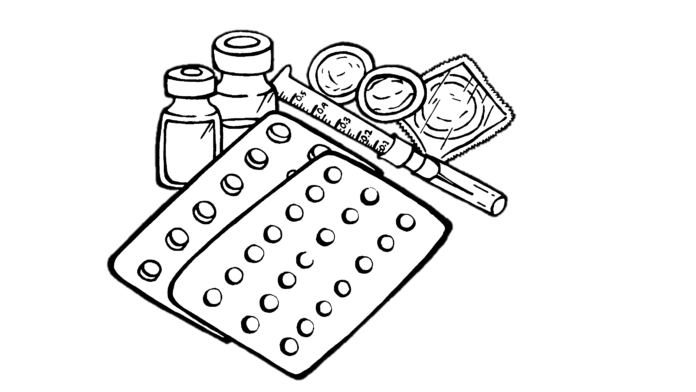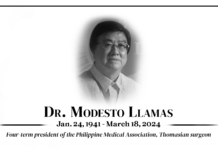THE USE of contraceptives to prevent unwanted pregnancy has been proven to have many side effects on the hormonal balance for women.
Last November, 51 contraceptive drugs have been cleared by the Food and Drug Administration and were labeled by the Department of Health as non-abortifacients.
“There are so many risks posed by the use of contraceptives. We have seen women who are using contraceptives, and [they have] become hypertensive,” Orestes Monzon, a nuclear medicine doctor from UST, told the Varsitarian.
Monzon said there was no need to widen contraceptive options in the Philippines because data from research show that the population growth in the country was already going down without contraception.
“There is no guarantee that the contraceptives will actually be safe, and that is the main issue. To go back to the drug information inserted in the literature of contraceptive pills,there are really side effects of using them,” he said.
Contraceptive pills contain two hormones, estrogen and progesterone, which work by preventing ovulation or the release of an egg, or ovum, from the ovary.
“Ang pills, nagpapalapot iyan ng blood because of the estrogen content. Most of the side effects are due to estrogen. Mas mataas ang dose ng estrogen for the contraceptive purpose. Kung mas matagal kang gumagamit ng pills, mas mataas iyung risk mo to have possible complications,” Anita Sangalang, an OB-GYN from UST, told the Varsitarian.
Sangalang said other side effects of using contraceptive pills to some women are headache, nausea, and vomiting.
The contraceptive pills have been declared as non-abortifacients because they prevent ovulation so that no fertilization of egg will take place— but the use of them is still problematic. There are cases when a pill’s mechanism of action goes beyond its supposed task, Sangalang explained.
“Aside from preventing ovulation, sometimes puwede rin niyang [pill] bagalan iyung travel ng fertilized ovule and that becomes part of abortion,” she said.
“The traditional method is better. After you give birth, you can also do breastfeeding, which is a form of contraception,” she said.
Annually, one million women become new acceptors of modern family planning methods.
“Contraceptives are medicines that give risks; they give the body [the danger] of having fertility diseases. Natural family planning is without any cost. You only need paper and pencil,” Monzon said. “We have to respect the fertility of women and natural family planning respects it,” he added.














